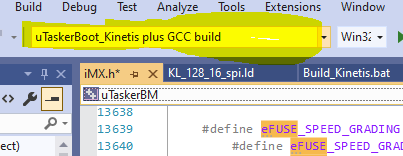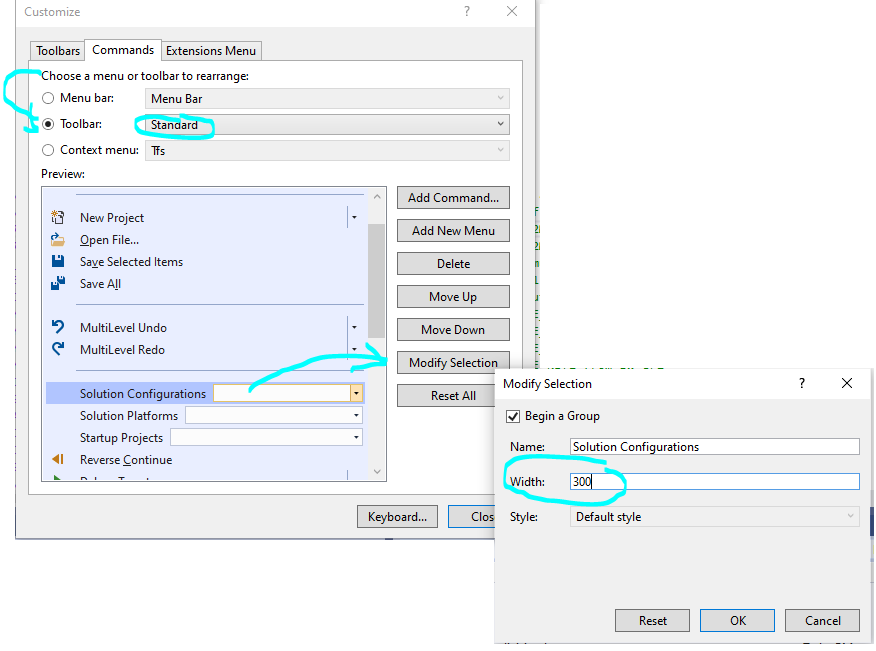61
NXPTM M522XX, KINETIS and i.MX RT / Re: combining applications & jumping between them (uTasker+ teensy 3.2).
« on: March 13, 2022, 08:10:07 PM »
Hi
The utilities are described in https://www.utasker.com/forum/index.php?topic=1445.0
In your case I would avoid the use of hex files for uploading since binary files are easier. You can convert your two hex files to binary versions using GCC objcpy and then this command can be used
uTaskerCombine main.bin SD.bin 0x33000 fileOut.bin
This will generate a binary output which starts with the content of main.bin and the content of SD.bin at an offset of 0x33000. Any gap between the end of main.bin and the start of SD.bin is filled with 0xff.
The start of this will be located at 0x5080 by the serial loader copy so the start of SD.bin will end up at 0x38080.
Beware that the file is quite large so make sure that the serial loader will accept it and not cut it short (if the max application size is set too small) [this is also relevant for the hex method too].
Regards
Mark
The utilities are described in https://www.utasker.com/forum/index.php?topic=1445.0
In your case I would avoid the use of hex files for uploading since binary files are easier. You can convert your two hex files to binary versions using GCC objcpy and then this command can be used
uTaskerCombine main.bin SD.bin 0x33000 fileOut.bin
This will generate a binary output which starts with the content of main.bin and the content of SD.bin at an offset of 0x33000. Any gap between the end of main.bin and the start of SD.bin is filled with 0xff.
The start of this will be located at 0x5080 by the serial loader copy so the start of SD.bin will end up at 0x38080.
Beware that the file is quite large so make sure that the serial loader will accept it and not cut it short (if the max application size is set too small) [this is also relevant for the hex method too].
Regards
Mark



